Home>Technology>Home Entertainment Systems>How Does A Television Display Both Images And Sounds
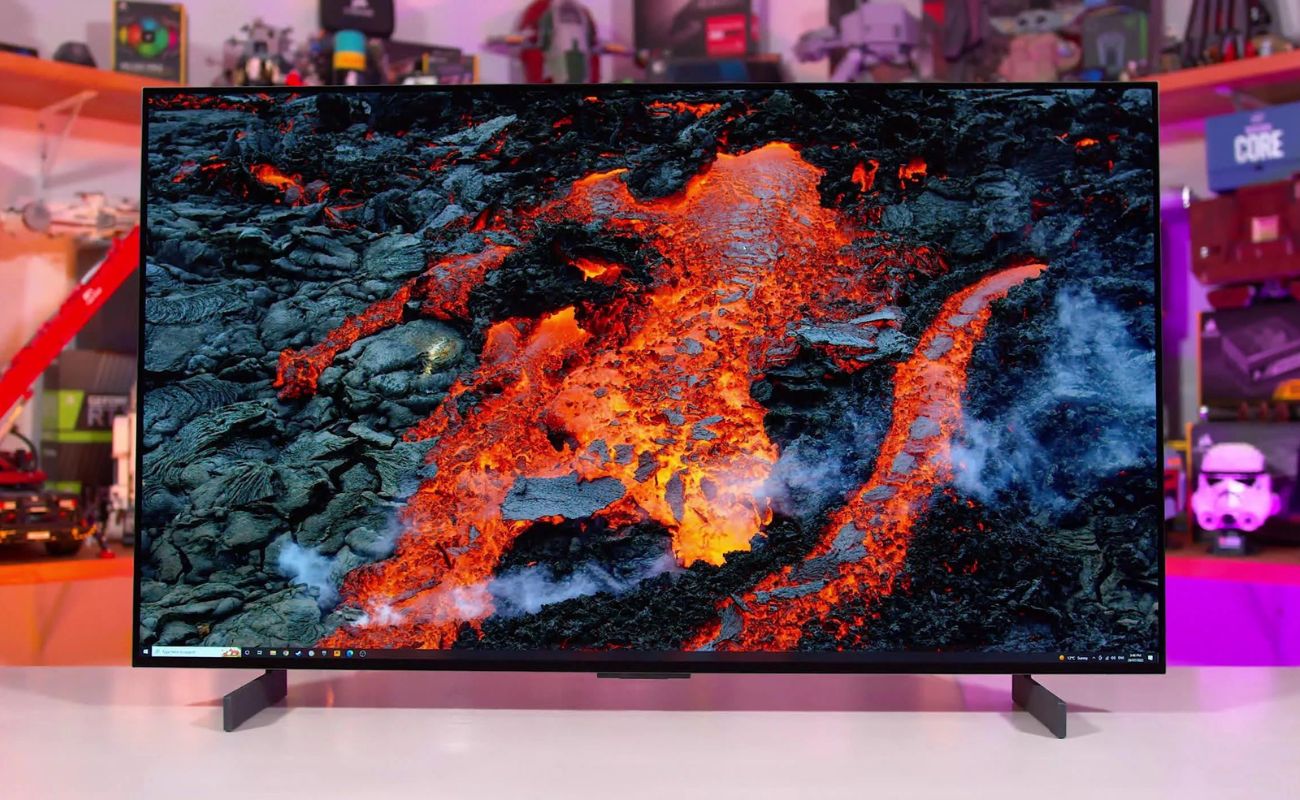

Home Entertainment Systems
How Does A Television Display Both Images And Sounds
Modified: January 5, 2024
Learn how a home entertainment system displays both images and sounds. Discover the technology behind television and audio integration. Explore the world of home entertainment systems.
(Many of the links in this article redirect to a specific reviewed product. Your purchase of these products through affiliate links helps to generate commission for Storables.com, at no extra cost. Learn more)
Introduction
Television has become an integral part of modern life, offering a window to the world and a gateway to entertainment. The seamless integration of images and sounds on the screen creates an immersive experience that captivates audiences. Have you ever wondered how a television can display both images and sounds simultaneously? In this article, we will delve into the fascinating technology behind this phenomenon, unraveling the intricate processes that bring visuals and audio to life in your living room.
Television technology has evolved significantly since its inception, and understanding the mechanisms behind image and sound reproduction can deepen our appreciation for this ubiquitous device. From the cathode ray tube to the latest flat-panel displays, televisions have undergone remarkable transformations, yet the core principles of image and sound reproduction remain fundamental to the viewing experience.
Join us on this enlightening journey as we explore the basics of television technology, uncover the role of the cathode ray tube, dissect the process of displaying images, unravel the intricacies of sound production, and ultimately, understand how these elements harmoniously synchronize to deliver the seamless audiovisual experience we've come to expect from our beloved televisions. Let's embark on this captivating exploration of the marvels that bring moving images and captivating sounds into our homes.
Key Takeaways:
- Television seamlessly integrates images and sounds through complex processes, captivating audiences with immersive experiences and captivating storytelling.
- From the historic cathode ray tube to modern flat-panel displays, television technology has evolved, driving advancements in visual and audio excellence.
Read more: What Is A Sound Bar For A Television?
The Basics of Television
Television, often referred to as TV, is a ubiquitous electronic device that receives and displays audiovisual content. At its core, a television system comprises a display unit for visual output and speakers for audio reproduction. The process of television broadcasting involves the transmission of audio and video signals, which are then decoded by the television to render the content on the screen and emit sound through the speakers.
Modern televisions come in various forms, including the traditional cathode ray tube (CRT) models, flat-panel LED, LCD, and plasma displays, as well as the latest innovations such as OLED and QLED technologies. Regardless of the display type, the fundamental principles of image and sound reproduction remain consistent across different television models.
Television sets receive broadcast signals through various means, including over-the-air antennas, cable connections, satellite dishes, and internet streaming. Once the signals are received, the television decodes and processes the data to render the images and reproduce the accompanying audio. The evolution of television technology has brought about advancements in display resolution, color accuracy, refresh rates, and audio fidelity, enhancing the overall viewing experience for audiences.
Understanding the basics of television sets the stage for a deeper exploration of the intricate processes involved in displaying images and producing sounds. As we unravel the inner workings of televisions, we gain a greater appreciation for the engineering marvels that enable us to enjoy a diverse array of content, from captivating movies and thrilling sports events to informative documentaries and engaging television shows, all within the comfort of our homes.
The Role of the Cathode Ray Tube
The cathode ray tube (CRT) has played a pivotal role in the history of television technology, serving as the primary display mechanism for several decades. This vacuum tube technology forms the basis of traditional television sets, employing the principles of electron beams and phosphorescent screens to generate images.
At the heart of a CRT television is the cathode ray tube, a large, glass-encased vacuum tube that houses electron-emitting components. When the television receives video signals, the CRT utilizes a series of electron guns to emit a stream of electrons towards the screen. The screen is coated with phosphorescent materials that illuminate when struck by the electron beam, creating the visual display.
The CRT’s ability to rapidly scan and illuminate specific areas of the screen enables the creation of coherent images. By varying the intensity and focus of the electron beams as they sweep across the screen, intricate patterns of light and color are produced, resulting in the vivid images visible to viewers. The convergence of electron beams at precise points on the screen allows for the creation of detailed and vibrant visuals, forming the cornerstone of image reproduction in CRT televisions.
While CRT technology has largely been superseded by flat-panel displays due to advancements in efficiency and form factor, its historical significance in television cannot be overstated. The cathode ray tube revolutionized home entertainment, bringing moving images into households around the world and laying the groundwork for subsequent display technologies.
As we reflect on the legacy of the cathode ray tube, we gain a deeper appreciation for the technological advancements that have propelled television displays into the modern era. The evolution from CRT to sleek, high-definition displays represents a testament to the relentless innovation driving the television industry forward, shaping the way we experience visual content in our daily lives.
The Process of Displaying Images
Television technology employs a complex process to display images on the screen, captivating viewers with vibrant and lifelike visuals. The journey from video signal to illuminated pixels involves a sequence of intricate steps that seamlessly translate electronic data into compelling images.
When a television receives video signals, whether from a broadcast source, streaming device, or external media player, the encoded data undergoes decoding and processing within the television’s circuitry. The decoded signals contain information about color, brightness, and spatial arrangement, forming the basis for image reproduction.
Once the video signals are decoded, the television initiates the process of illuminating the display. In the case of traditional cathode ray tube (CRT) televisions, electron beams are directed towards the screen, causing phosphorescent materials to emit light and produce the desired images. In contrast, modern flat-panel displays utilize advanced technologies such as liquid crystal displays (LCD), light-emitting diodes (LED), organic light-emitting diodes (OLED), or quantum dot displays to generate images with exceptional clarity and color accuracy.
Pixel by pixel, the television orchestrates the illumination of the display, mapping the visual data to specific locations on the screen. Each pixel corresponds to a unique set of color and brightness values, collectively forming the intricate mosaic of the overall image. The rapid and synchronized activation of individual pixels results in fluid motion and seamless transitions, bringing the on-screen action to life.
Display technologies have evolved to offer higher resolutions, wider color gamuts, and enhanced contrast ratios, enabling televisions to deliver stunning visuals with remarkable detail and depth. From high-definition (HD) to ultra-high-definition (UHD) and beyond, the pursuit of visual fidelity has driven innovations that enrich the viewing experience, allowing audiences to immerse themselves in cinematic landscapes, dynamic sports events, and captivating storytelling.
As we marvel at the mesmerizing images gracing our television screens, it’s essential to recognize the intricate processes and sophisticated technologies that work harmoniously to transform electronic signals into captivating visuals. The artistry of image display continues to evolve, setting new benchmarks for visual excellence and reaffirming the enduring allure of television as a medium for artistic expression and storytelling.
A television displays images and sounds by using a combination of electronic components such as a screen to show images and speakers to play sounds. The images and sounds are transmitted through cables or wirelessly to the television, where they are processed and displayed for you to see and hear.
The Role of Speakers
Speakers serve as the auditory gateway to the immersive world of television, translating electronic signals into rich, dynamic soundscapes that complement the visual experience. Whether conveying dialogue, music, or atmospheric effects, television speakers play a crucial role in delivering high-quality audio that enhances the overall viewing pleasure.
Within a television system, speakers are responsible for reproducing sound waves generated from audio signals. These signals may originate from broadcast content, external devices, or built-in media players, encompassing a diverse range of audio formats and channels. The speakers’ ability to faithfully reproduce these audio signals contributes to the immersive nature of the television experience, enveloping viewers in a sonic tapestry that complements the on-screen visuals.
Modern television sets often feature integrated speaker systems designed to deliver a balanced audio output across various frequencies, ensuring clarity in dialogue, richness in musical tones, and depth in sound effects. The evolution of speaker technology has led to innovations such as surround sound, virtual audio processing, and adaptive audio algorithms, further enhancing the spatial and tonal dynamics of television audio.
When audio signals are received and decoded by the television, the speakers come to life, vibrating diaphragms to produce sound waves that propagate through the surrounding space. The strategic placement of speakers within the television chassis, coupled with acoustic tuning and amplification, contributes to the faithful reproduction of audio content, creating a captivating auditory experience for viewers.
While external sound systems and soundbars offer expanded audio capabilities, the integral role of built-in television speakers should not be overlooked. These compact yet potent transducers are tasked with delivering clear dialogue, impactful sound effects, and nuanced musical accompaniments, enriching the sonic landscape of the viewing environment.
As we immerse ourselves in the captivating narratives and thrilling soundtracks presented on television, it’s important to acknowledge the indispensable role of speakers in shaping our auditory perceptions. The symphony of sound emanating from television speakers adds depth, emotion, and resonance to the visual storytelling, underscoring the profound impact of audio in elevating the television viewing experience.
Read more: What Sound Does A Doorbell Make
The Process of Producing Sound
Sound production in television involves a sophisticated interplay of electronic signals, transducers, and acoustic principles, culminating in the creation of immersive auditory experiences that complement the on-screen visuals. From dialogue and musical scores to ambient soundscapes and dramatic effects, the process of sound reproduction encompasses a diverse array of sonic elements that enrich the television viewing experience.
When audio signals are received by the television, they undergo decoding and processing to extract the essential components of the sound, including dialogue, music, and effects. These signals are then channeled to the television’s internal speakers, where the process of sound production begins.
Within the television set, transducers such as dynamic drivers or electrostatic panels receive the processed audio signals and convert them into mechanical vibrations. These vibrations, in turn, generate sound waves that propagate through the surrounding air, effectively reproducing the auditory content for the viewer’s perception.
The fidelity and tonal accuracy of the reproduced sound are influenced by the quality of the transducers, the amplifier circuitry, and the acoustic design of the television enclosure. By meticulously engineering these components, television manufacturers strive to deliver clear, balanced, and impactful sound that enhances the overall viewing experience.
Advanced sound processing algorithms and equalization techniques further refine the audio output, optimizing the tonal balance and spatial characteristics of the reproduced sound. These digital enhancements contribute to the enveloping nature of the sound, creating a sense of immersion that draws viewers into the sonic landscape of the televised content.
As the sound waves emanate from the television speakers, they interact with the surrounding environment, reflecting off walls, ceilings, and furnishings to create a spatial audio experience. This interplay between the emitted sound and the acoustic properties of the viewing space adds depth and dimension to the auditory presentation, enriching the perception of sound within the viewing environment.
The process of producing sound in television is a testament to the intricate synergy between electronic signal processing, transducer technology, and acoustic engineering. The harmonious fusion of these elements results in a sonic tapestry that elevates the television viewing experience, underscoring the profound impact of audio in conveying emotion, atmosphere, and narrative depth.
Synchronization of Images and Sound
The seamless coordination of images and sound lies at the heart of the captivating television viewing experience, ensuring that visual and auditory elements harmonize to immerse viewers in a cohesive and engaging narrative. Achieving precise synchronization between on-screen action and accompanying soundscapes involves meticulous engineering and precise timing to deliver a seamless and immersive audiovisual presentation.
When a television receives audio and video signals, the synchronization process begins with the decoding and processing of these signals. The temporal alignment of visual frames and corresponding audio segments is critical to maintaining coherence and realism in the portrayal of on-screen events.
As the decoded video frames are displayed on the screen, the television’s internal circuitry orchestrates the simultaneous reproduction of audio segments that correspond to the visual content. Whether it’s the dialogue of characters, the ambient sounds of a bustling city, or the crescendo of a musical score, the synchronization process ensures that the auditory elements align precisely with the on-screen action.
Advanced signal processing algorithms and timing mechanisms within the television’s electronics facilitate the accurate coordination of visual and auditory cues, minimizing any perceptible delays or discrepancies between the two modalities. This meticulous synchronization enhances the viewer’s immersion, allowing for a seamless and natural integration of sound and visuals.
Television manufacturers and content creators collaborate to uphold the standards of synchronization, ensuring that the audiovisual experience remains cohesive across a wide range of viewing scenarios. Whether it’s a live broadcast, a streaming service, or a physical media playback, the synchronization of images and sound is upheld as a fundamental tenet of high-quality television presentation.
As viewers are transported into the captivating worlds depicted on screen, the seamless synchronization of images and sound plays a pivotal role in suspending disbelief and fostering emotional engagement. Whether it’s the thunderous roar of a cinematic explosion or the subtle rustling of leaves in a tranquil scene, the precise alignment of audio and visual elements contributes to the immersive power of television storytelling.
The art of synchronization in television underscores the meticulous attention to detail and technical precision required to deliver a seamless and captivating audiovisual experience. As viewers are transported into the captivating worlds depicted on screen, the seamless synchronization of images and sound plays a pivotal role in suspending disbelief and fostering emotional engagement. Whether it’s the thunderous roar of a cinematic explosion or the subtle rustling of leaves in a tranquil scene, the precise alignment of audio and visual elements contributes to the immersive power of television storytelling.
Conclusion
Television, with its seamless integration of images and sounds, stands as a modern marvel that enriches our lives with captivating narratives, breathtaking visuals, and immersive audio experiences. The intricate processes that underpin the display of images and the production of sound within televisions exemplify the convergence of engineering ingenuity and artistic expression, culminating in a medium that transcends mere entertainment to become a portal to captivating storytelling and shared cultural experiences.
From the historic significance of the cathode ray tube to the cutting-edge technologies of modern flat-panel displays, the evolution of television has been marked by relentless innovation, driving advancements in visual fidelity and audio reproduction. The role of speakers as conduits of sound, and the meticulous process of producing and synchronizing audio with on-screen visuals, underscore the profound impact of television as a medium that engages our senses and emotions.
As we immerse ourselves in the captivating narratives and thrilling soundtracks presented on television, it’s important to acknowledge the indispensable role of speakers in shaping our auditory perceptions. The symphony of sound emanating from television speakers adds depth, emotion, and resonance to the visual storytelling, underscoring the profound impact of audio in elevating the television viewing experience.
As we reflect on the legacy of the cathode ray tube, we gain a deeper appreciation for the technological advancements that have propelled television displays into the modern era. The evolution from CRT to sleek, high-definition displays represents a testament to the relentless innovation driving the television industry forward, shaping the way we experience visual content in our daily lives.
The art of synchronization in television underscores the meticulous attention to detail and technical precision required to deliver a seamless and captivating audiovisual experience. As viewers are transported into the captivating worlds depicted on screen, the seamless synchronization of images and sound plays a pivotal role in suspending disbelief and fostering emotional engagement. Whether it’s the thunderous roar of a cinematic explosion or the subtle rustling of leaves in a tranquil scene, the precise alignment of audio and visual elements contributes to the immersive power of television storytelling.
In conclusion, the intricate processes that enable televisions to display images and produce sound represent an extraordinary fusion of science, art, and engineering. As we continue to witness the evolution of television technology, we can anticipate even greater strides in visual and auditory excellence, further enhancing the immersive power of this beloved medium. Let us embrace the wonders of television, celebrating its ability to transport us to distant realms, evoke profound emotions, and unite us through shared moments of cinematic splendor and sonic enchantment.
Frequently Asked Questions about How Does A Television Display Both Images And Sounds
Was this page helpful?
At Storables.com, we guarantee accurate and reliable information. Our content, validated by Expert Board Contributors, is crafted following stringent Editorial Policies. We're committed to providing you with well-researched, expert-backed insights for all your informational needs.

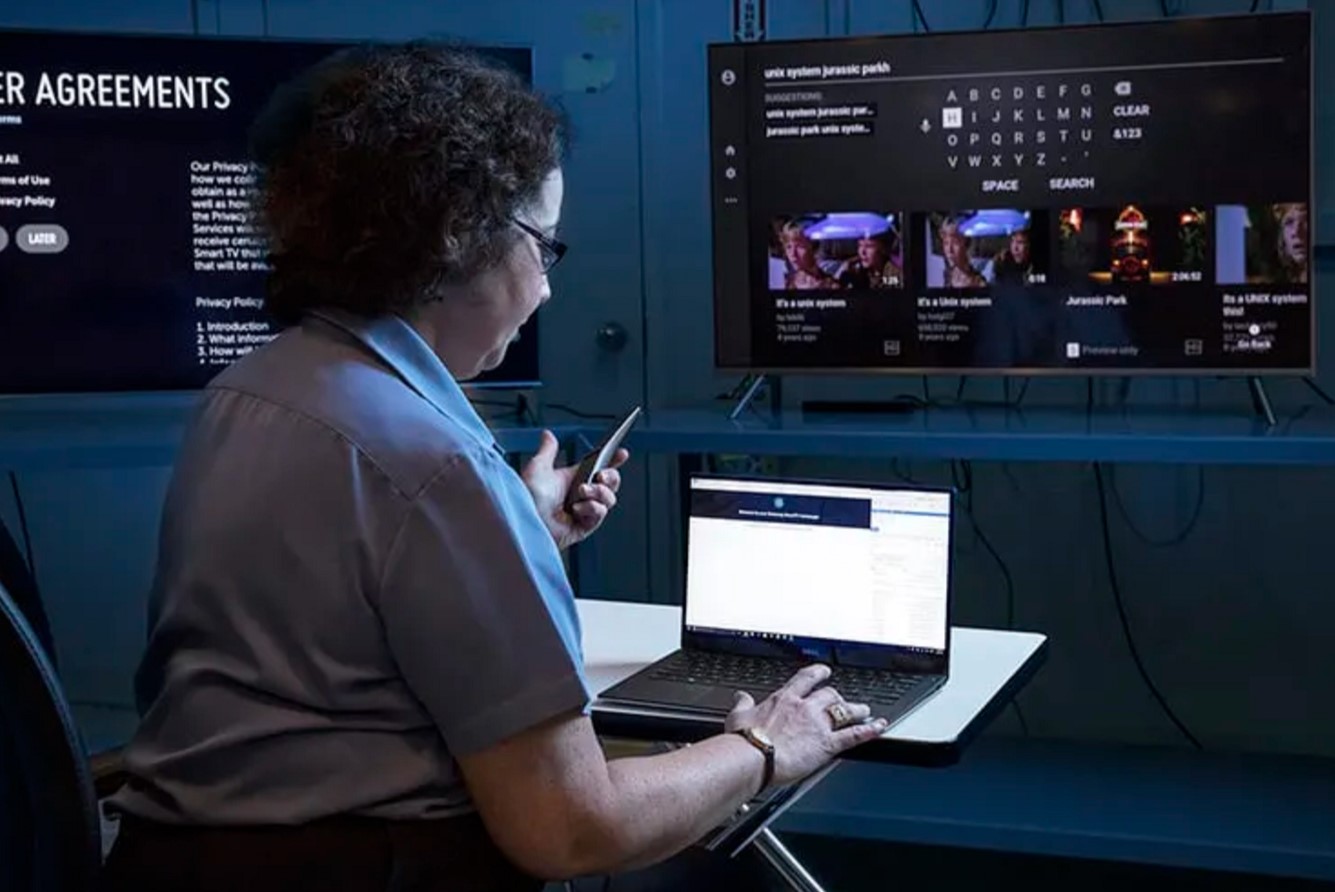

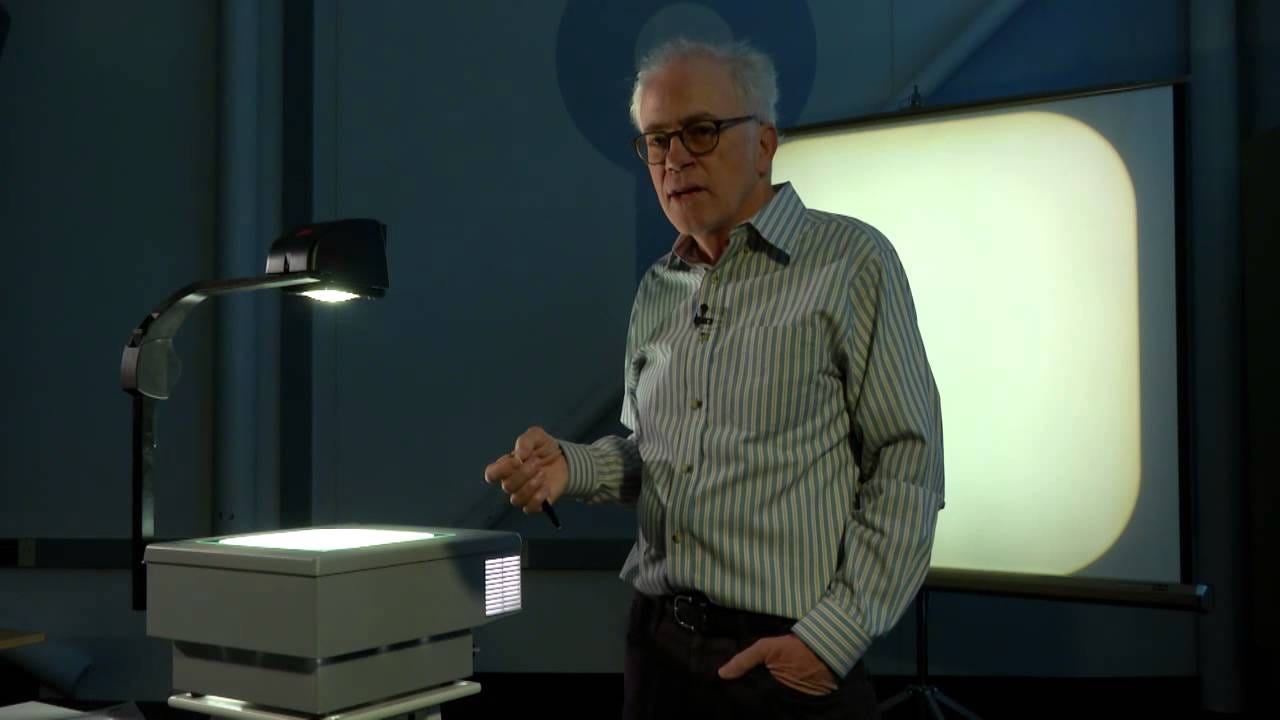

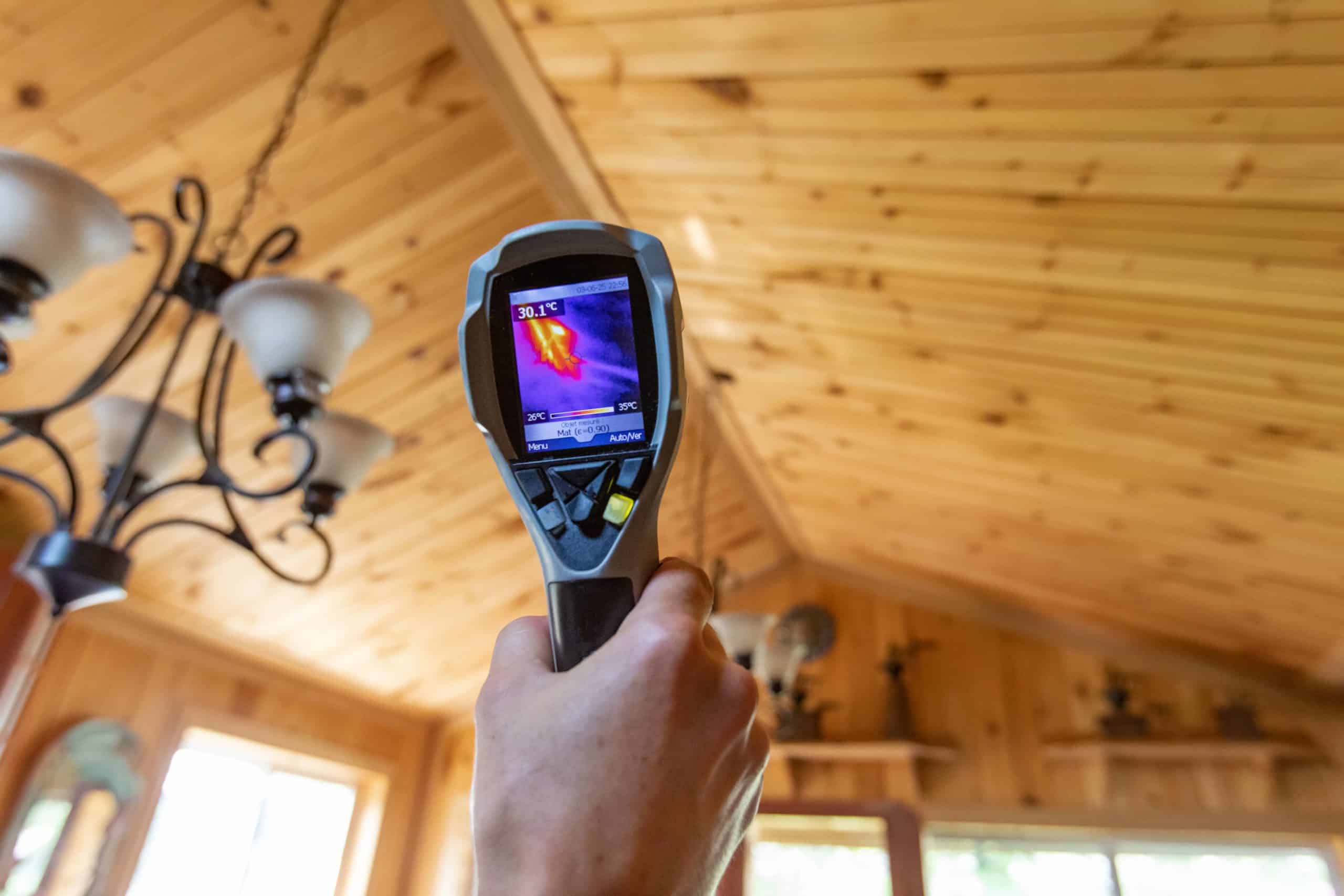


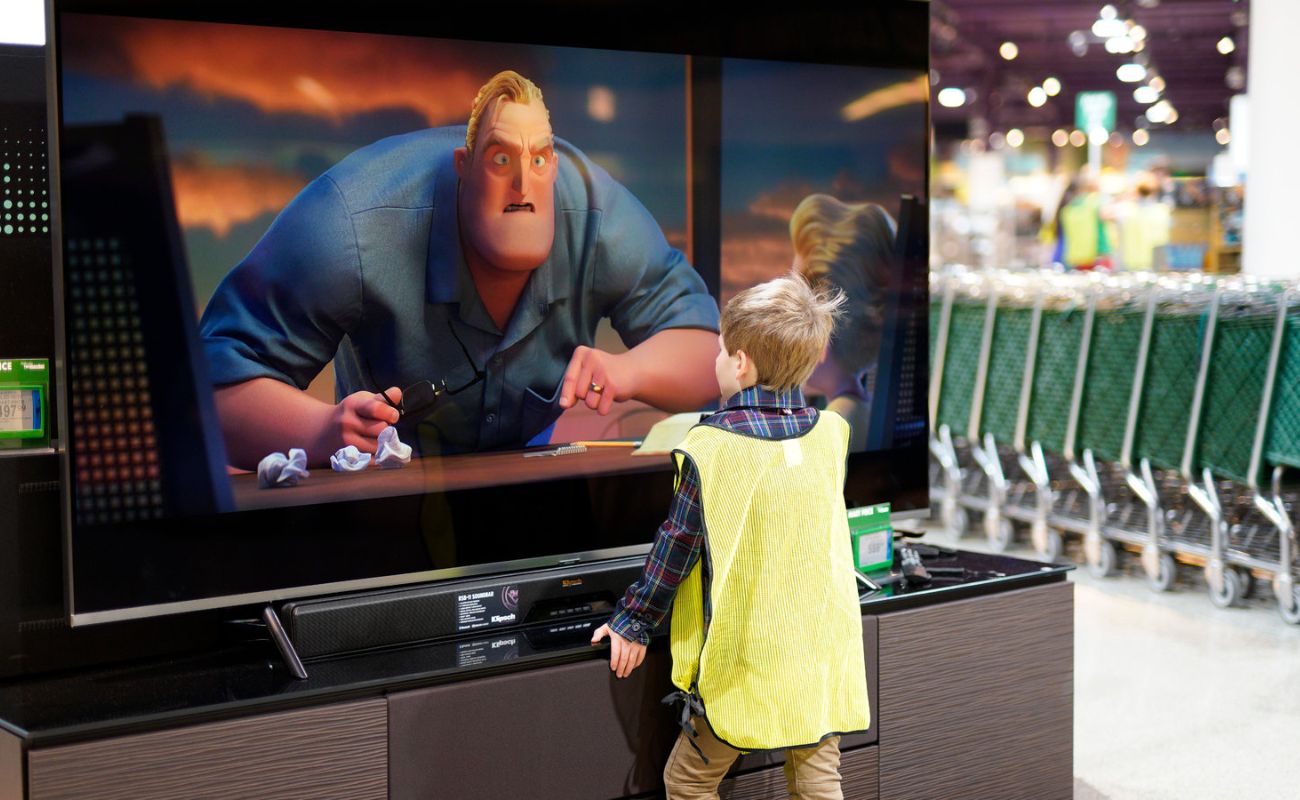






0 thoughts on “How Does A Television Display Both Images And Sounds”